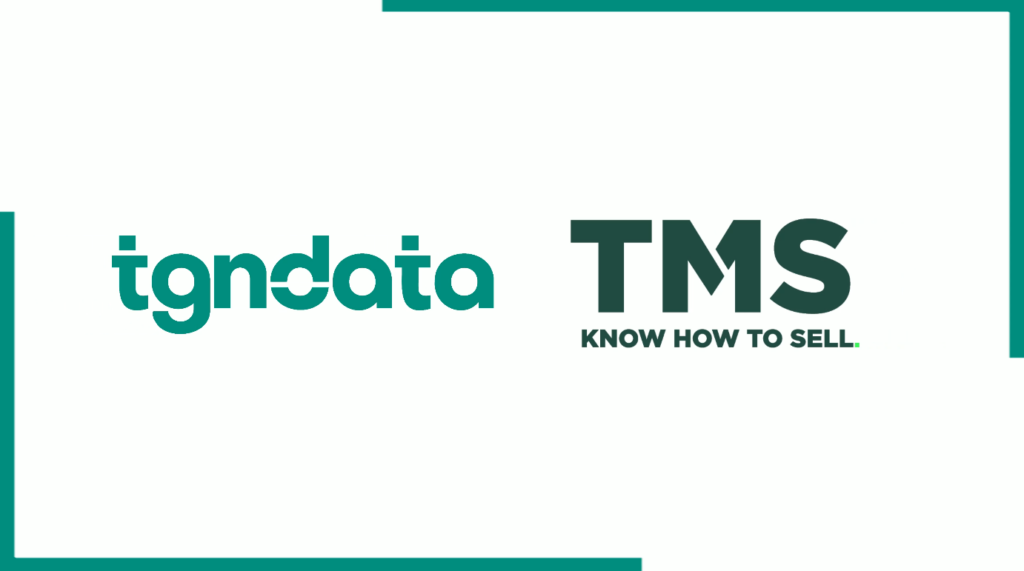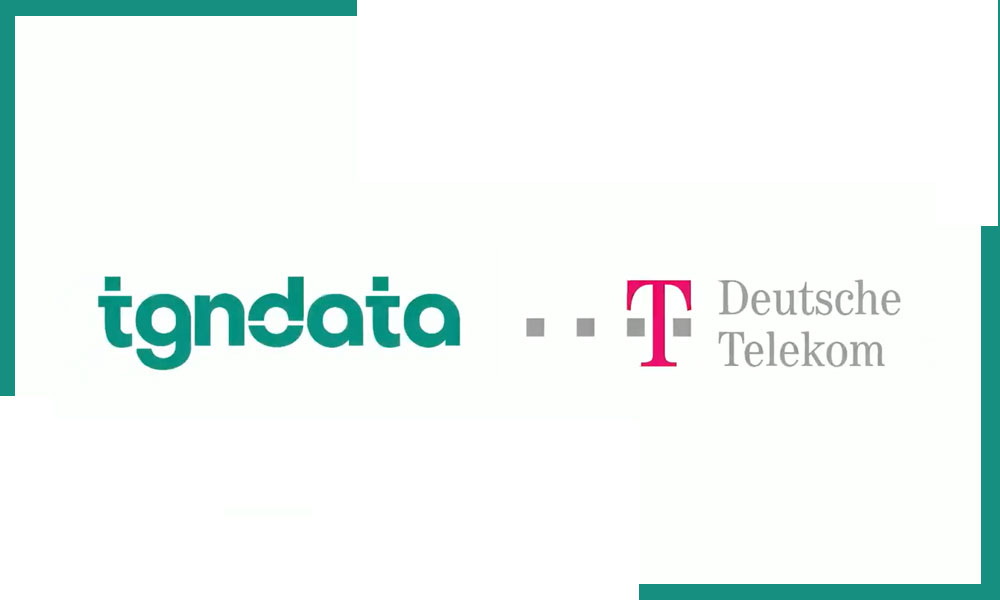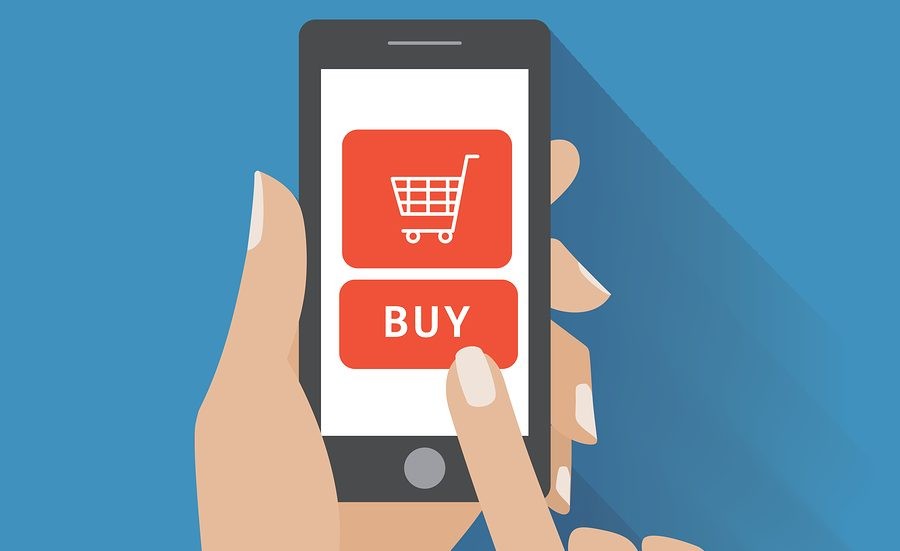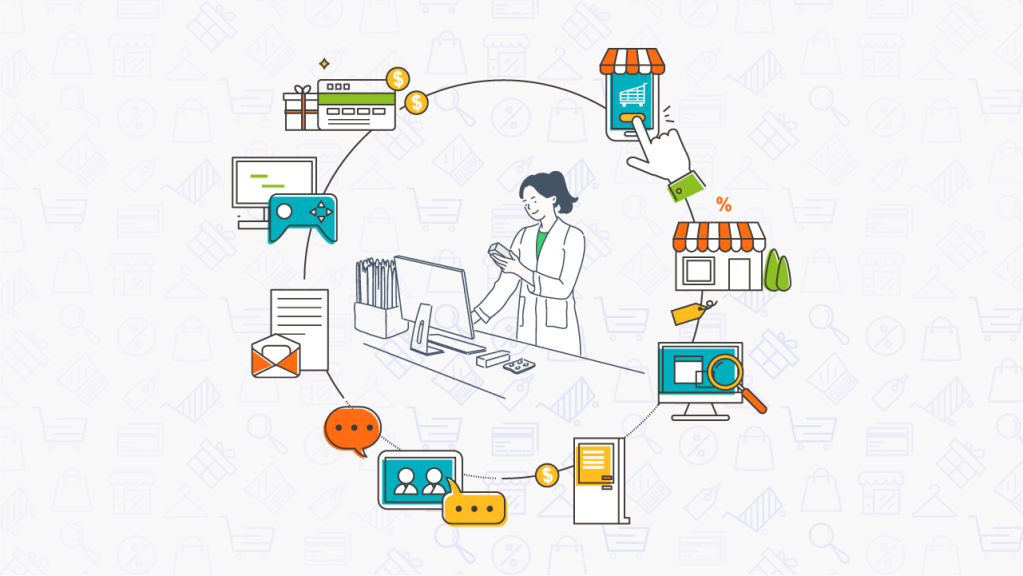Edit Content
Luckily, the days when employees of retail companies used to visit competitors’ physical shops to check product prices in every aisle are over now. Indeed, the primary goal of price monitoring is to enable companies to react (relatively) promptly to the price structure of the market and to adjust their pricing strategy.
Through e-commerce, companies today can
In simple terms, price monitoring allows companies to adjust the prices of their products to market needs.
In detail, price monitoring allows
Let’s see the most common mistakes…
The term “scraping” refers to technologies that extract data from websites for further processing. In price monitoring this can be done in two ways:
1. Create a program that is able to search websites for the desired information.
2. Buy a solution that can systematically search websites for the desired information.
A self-written program requires knowledge of a programming language and requires a team of employees to ensure the performance, reliability, scalability, and flexibility of the software solution. Companies are rarely able to put together a team overnight and quickly establish the required scraping software. In addition, they often lack the necessary know-how to quickly adapt to new e-commerce technologies, algorithms, and trends.
However, far more important is the fact that setting up such technologies and supporting them as well as maintenance (even at weekends) for qualified skilled developers quickly becomes boring and tedious, resulting in high staff turnover. In comparison, access to an already proven external price monitoring solution can be set up quickly and is comparatively cheaper at a monthly rate.
Furthermore, self-programmed “scraping” solutions cannot easily scale up as they cannot reach the same level of data quality as a system developed over many years. Also scraping on its own is not enough: the data must be structured and evaluated in such a way that it can be understood at all levels of a company and converted for relevant processes.
Dynamic pricing or dynamic price management is on everyone’s lips. More and more companies use automated algorithms to adjust prices for products or services. So, product data that your software solution collects for you during the morning may be out of date again in the afternoon, when you process it.
Which products are offered at what price? – this is the initial question of every competitive observation. Usually, a well-known consumer electronic retailer does not observe every retailer on the market, because they benefit from customer trust and company reputation. Discovering important and relevant competitors and deciding, what consequences result from analysis findings, are the linchpin of price monitoring.
While it is not relevant for one trader to observe retailers with, for example, no customer ratings, it can be important for another retailer, depending on the chosen market strategy. Therefore, you should take your time to analyze which markets, marketplaces, and merchant shops you would like to include in the competitor monitoring.
To be successful, you first need to determine what is available on the market and how your product portfolio stands out against the competition. The second step then is to define a strategy for pricing and marketing activities. If you now see this as your master plan for all time, you will quickly be left behind by your competitors. So if you want to be up to date your Price Strategy has to be dynamic.
Through continuous competition and market monitoring, new competitors can be promptly identified, and new products added for further observation. A previously chosen pricing strategy can be quickly adapted to current conditions, such as increased demand for laptops during the pandemic lockdown – and then adapted again once the market is saturated.
With the help of price monitoring systems, processes can be automated and simplified. Product-related data is displayed in a structured way and can be used in its own shop systems dynamically or by export and import. But which price monitoring solution is best for your business? The number of providers in that market is large and so are the differences in terms of data quality.
Choosing the cheapest provider leads to quick disillusionment. The proverb “You get what you pay for!” also applies here. Quality has its price. Many work steps and processes are necessary to maintain data quality – and this is naturally reflected in pricing. Don’t make your choice based on the cheapest rate!
Furthermore, prices may vary when price monitoring is tailored to factors. Selection is not a matter of which is the cheapest system – but rather which one is best suited to your business and best meets your functional requirements.
A Premium Pricing Data Monitoring solution might seem expensive at first glance but in the long run, the value you can get is greater.
Many online retailers in B2C as well as in B2B already make active use of the benefit of price transparency and implement price changes and adjustments dynamically based on supply and demand. Those who only look at prices in comparison portals and always undercut their competitors are wasting margin.
Keep an eye on delivery times and inventory of your competitors as well! Because those who can score points with shorter delivery times and a higher stock level with customers will have more leverage in the long term. If you can deliver goods while your competitor is out of stock, you don’t have to be the cheapest retailer to generate sales.
If companies rely on a solution with low data quality, insufficient scraping frequencies, or intervals, this can lead to lost sales and low conversion rates, just like an inadequate pricing strategy. But if you know the right methods and approaches in price monitoring and use the right solution, it is not that difficult to avoid the 6 most common price monitoring mistakes. Do you have questions, or know of other common price monitoring errors that are not covered in this list? We are looking forward to hearing from you.













Missing an important marketplace?
Send us your request to add it!